The Bloodiest Battles Of The Vietnam War
The Vietnam War, a prolonged conflict from 1955 to 1975, witnessed some of the bloodiest battles in modern history. This war was a complex interplay of political ideologies, with the North Vietnamese forces fighting to unify the country under communism and the South, supported by the United States, striving to prevent this outcome. It wasn’t just a battle of wills, but of strategic and tactical innovations. These battles left indelible marks on history and shaped the future of warfare in ways that are still studied today.
Battle of Ia Drang: The First Major Confrontation
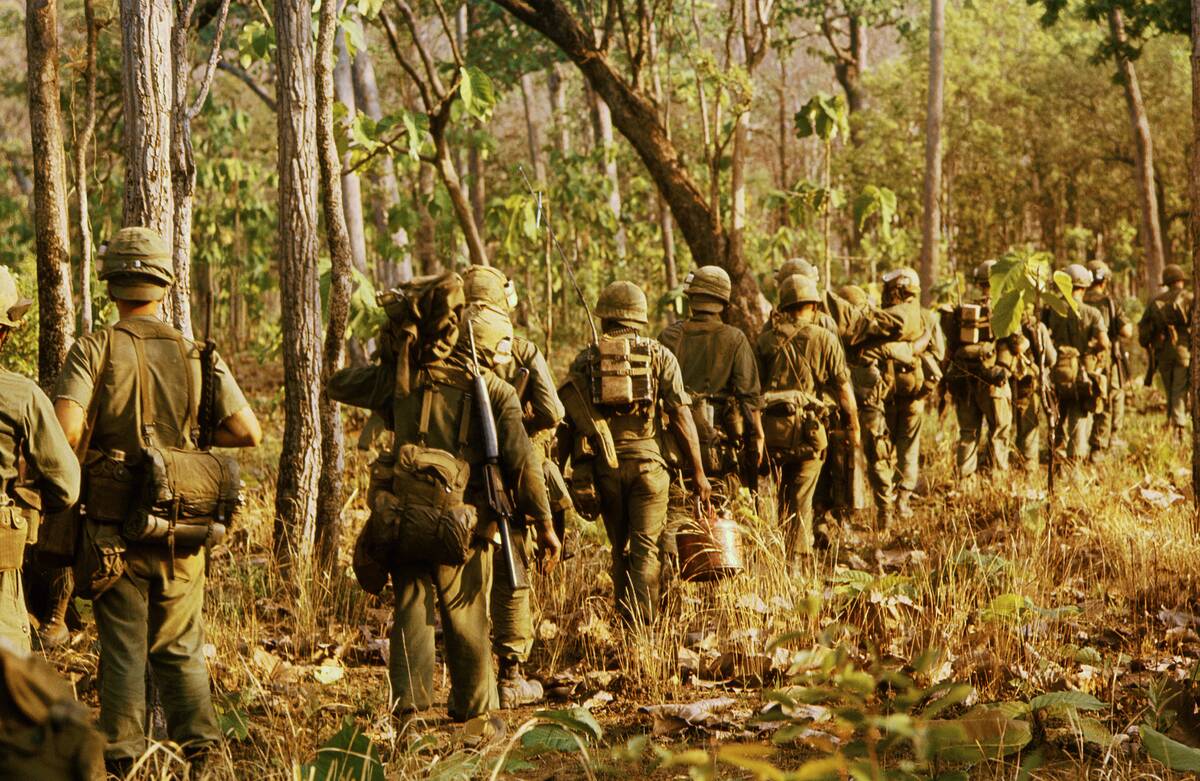
The Battle of Ia Drang, fought in November 1965, marked the first significant clash between the United States Army and the North Vietnamese Army (NVA). Located in the Central Highlands, this battle tested the U.S. Army’s new air mobility tactics using helicopters. It was here that Lieutenant Colonel Hal Moore and his men demonstrated the effectiveness of air cavalry, albeit at a high cost, with 234 American soldiers killed. The battle set the tone for future engagements, highlighting the ferocity of combat that would characterize the Vietnam War.
The Battle of Khe Sanh: A Siege to Remember
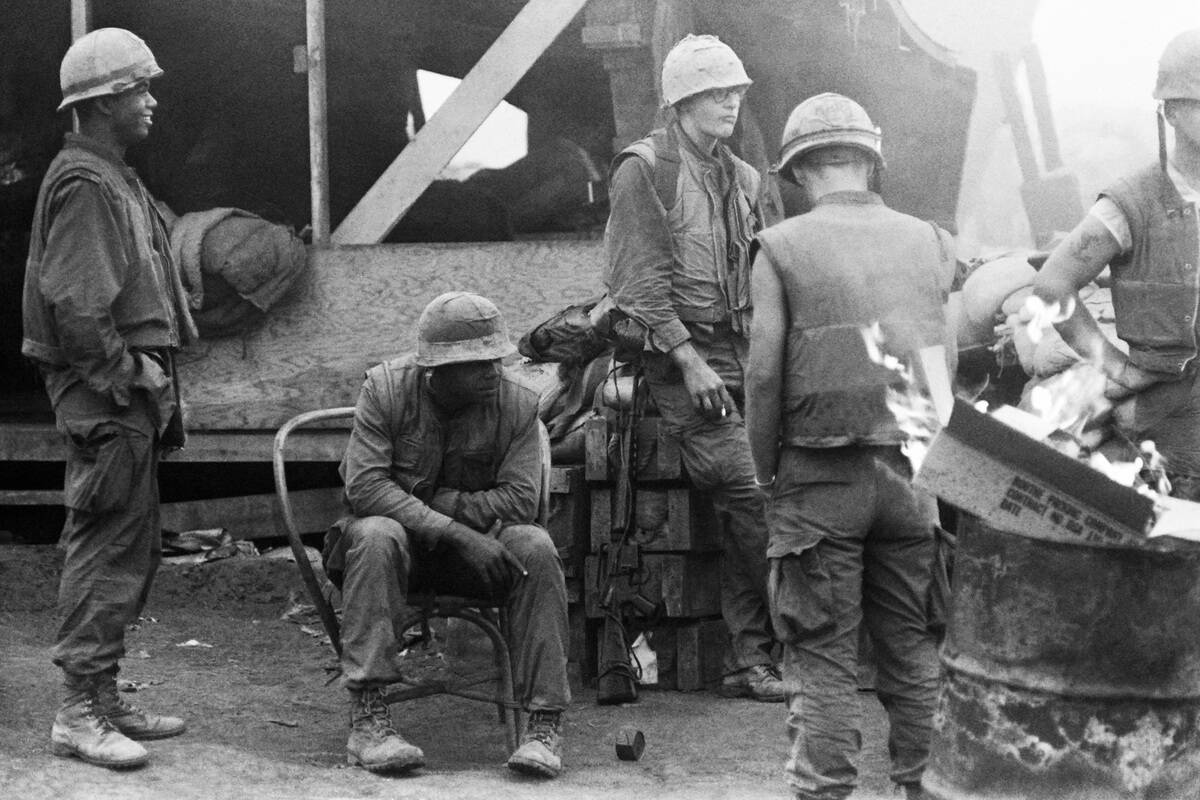
The Battle of Khe Sanh, one of the longest sieges during the Vietnam War, took place from January to July 1968. Situated near the border with Laos, the Khe Sanh Combat Base was a strategic location that the North Vietnamese sought to capture. American forces, numbering around 6,000, were besieged by an estimated 20,000 NVA troops. The siege was marked by intense artillery duels and airstrikes and ended with the withdrawal of NVA forces. It remains a controversial battle, with debates over its strategic importance continuing to this day.
Tet Offensive: The Turning Point
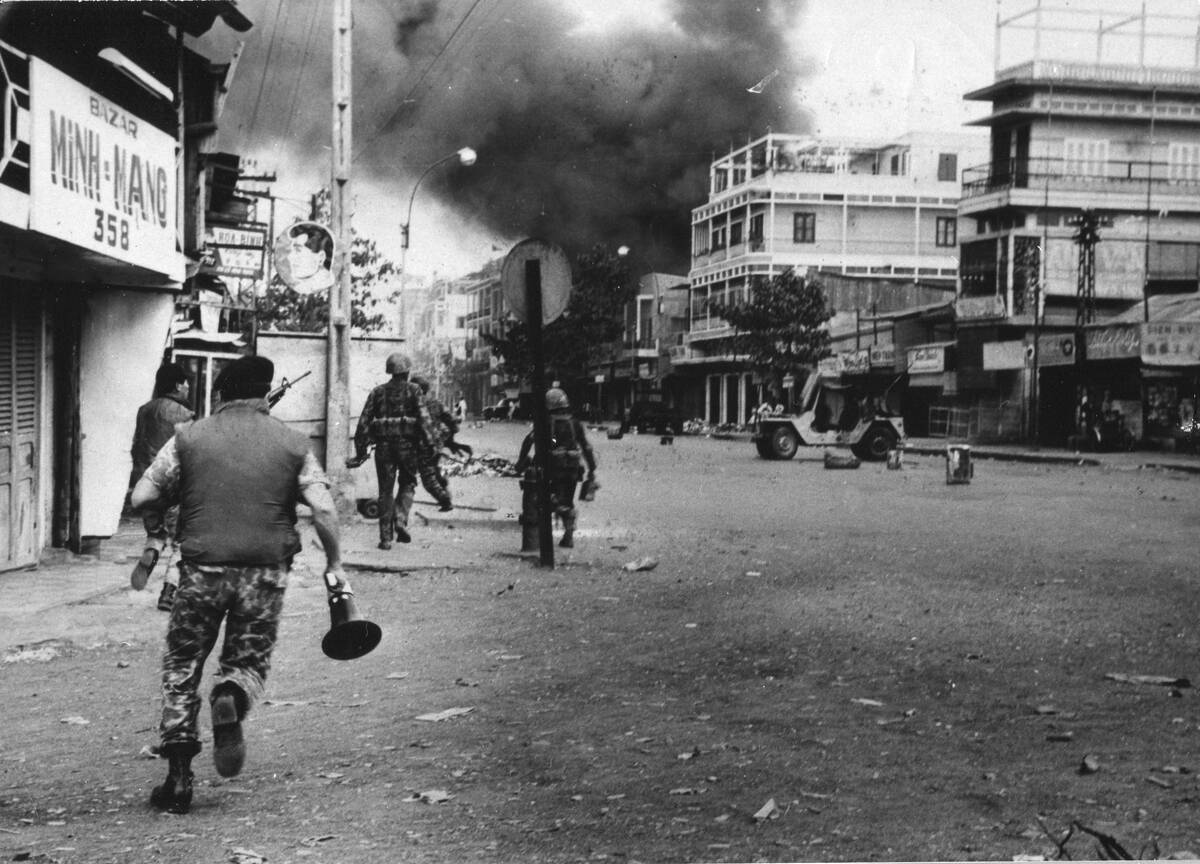
The Tet Offensive, launched in January 1968, was a massive coordinated series of attacks by the NVA and Viet Cong across South Vietnam. Although it initially caught American and South Vietnamese forces off guard, they eventually repelled the offensive. Despite being a military failure for the North, it was a strategic success, shifting public opinion in the United States and eroding support for the war effort. The Tet Offensive demonstrated the resilience and determination of the North Vietnamese, altering the course of the Vietnam War.
Battle of Hue: Urban Warfare at Its Fiercest
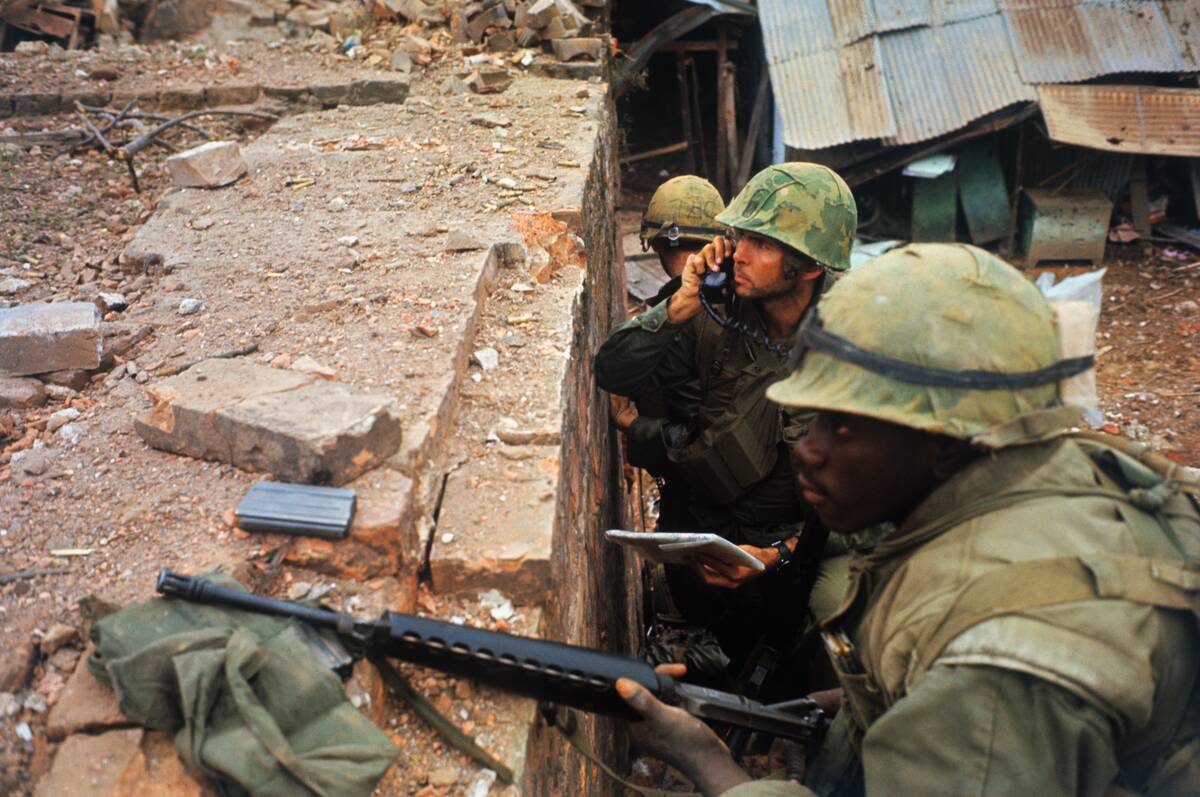
The Battle of Hue, part of the Tet Offensive, was one of the longest and bloodiest battles of the Vietnam War. Fought from January 31 to March 2, 1968, it involved intense urban combat as U.S. Marines and South Vietnamese forces fought to retake the city from NVA and Viet Cong troops. The battle is notable for the high civilian casualties and the widespread destruction of the historic city. The fierce combat and high cost of human life exemplified the brutal nature of urban warfare.
Battle of Hamburger Hill: The Fight for Hill 937
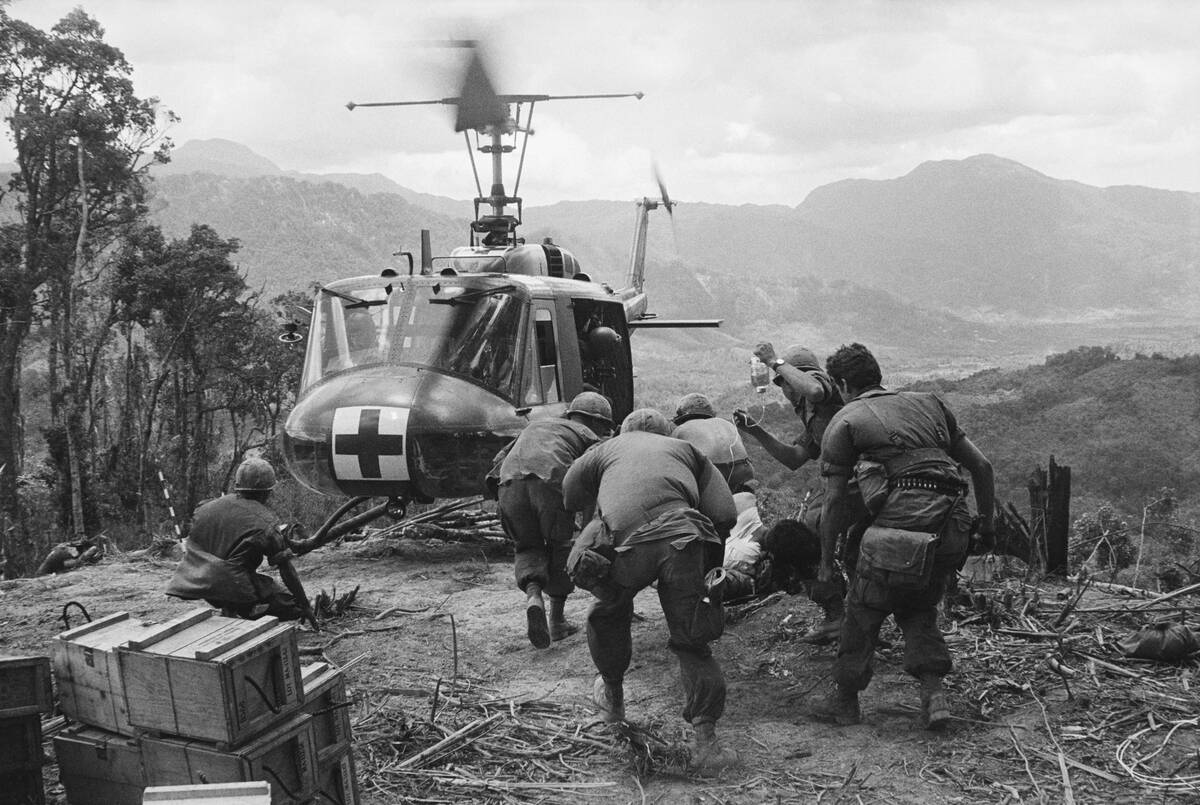
The Battle of Hamburger Hill, fought in May 1969, was an assault on Hill 937, officially known as Ap Bia Mountain. The name ‘Hamburger Hill’ was coined by American soldiers due to the grinding nature of the battle, which involved repeated assaults over ten days against well-entrenched NVA forces. The battle was controversial, with significant American casualties and criticism over the strategic value of the hill. Despite ultimately capturing it, U.S. forces abandoned the hill shortly after, sparking debate over the human cost and tactics used.
Battle of Dak To: The Struggle in the Central Highlands
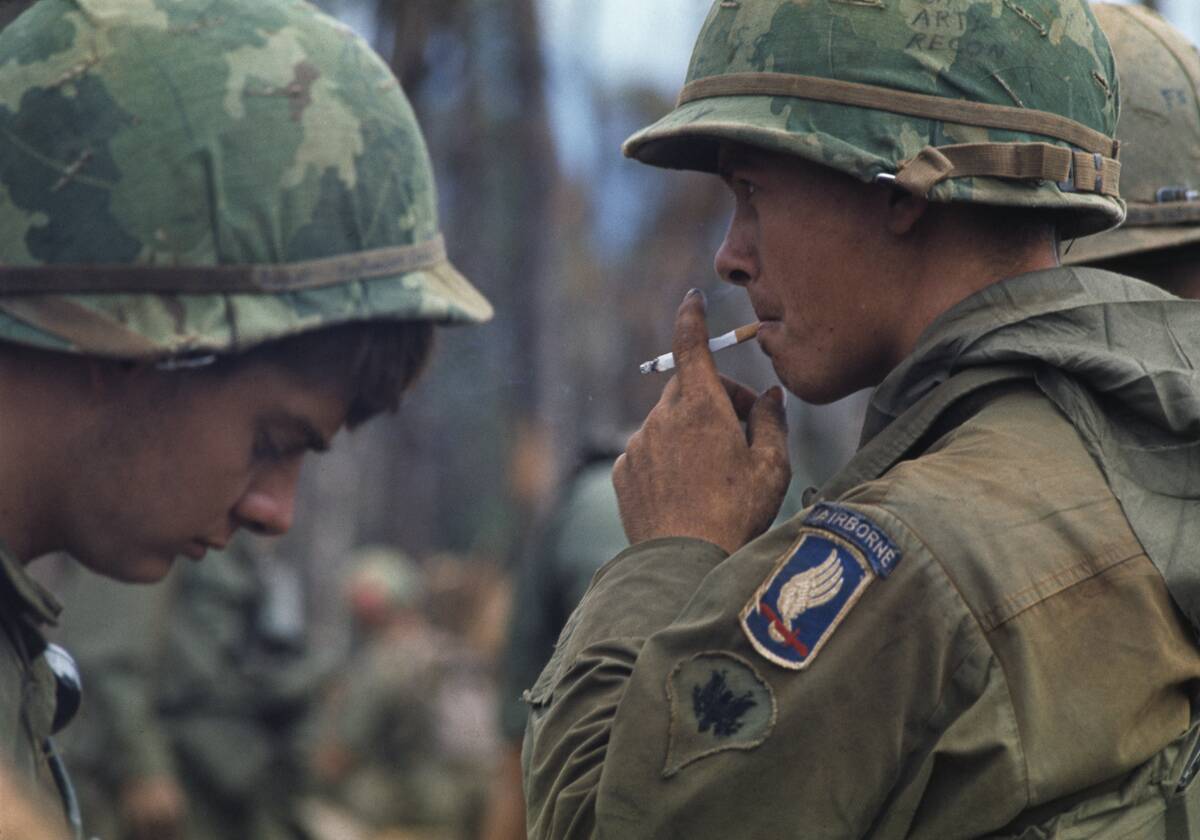
The Battle of Dak To, occurring in November 1967, was a series of engagements in the Central Highlands, which saw some of the fiercest fighting of the war. The NVA sought to draw U.S. forces into a costly battle, and they succeeded, with American forces suffering over 1,500 casualties. The battle was marked by brutal fighting on rugged terrain and highlighted the NVA’s ability to engage in large-scale conventional warfare. It underscored the challenges faced by U.S. troops fighting in the dense jungles and mountainous regions of Vietnam.
Operation Junction City: The Largest Airborne Assault
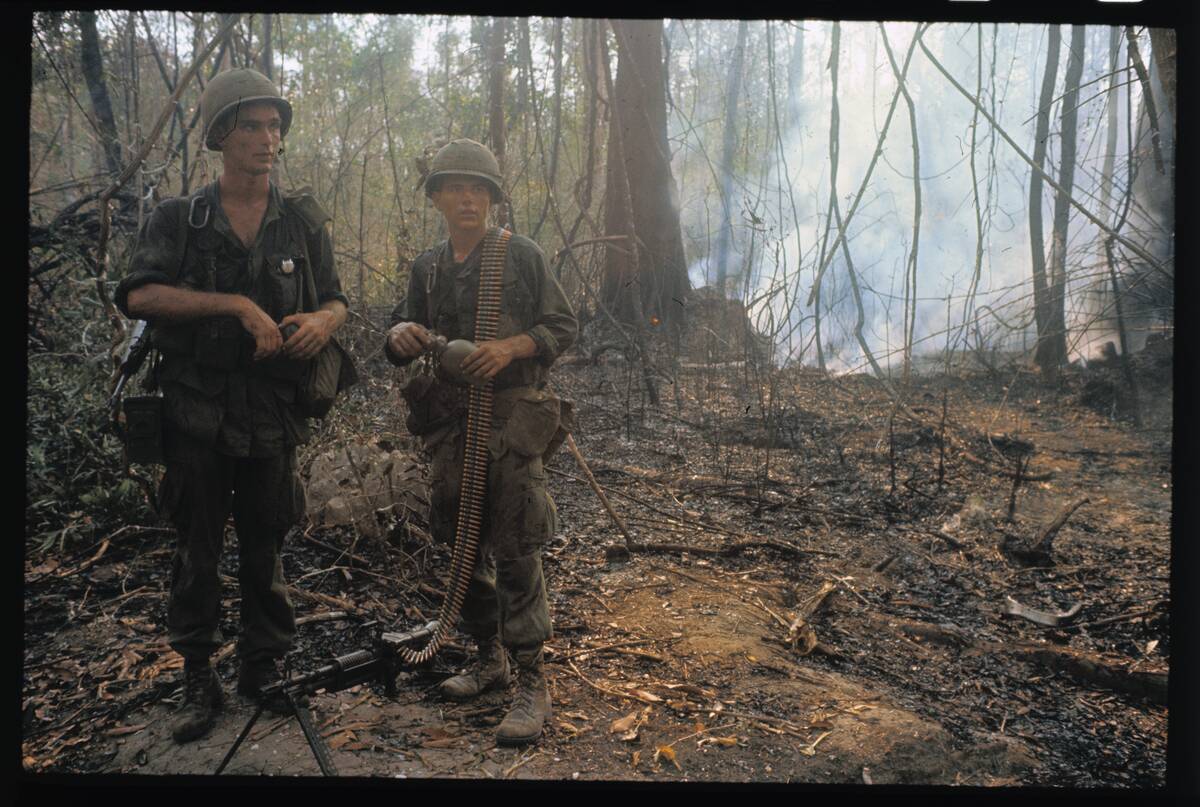
Operation Junction City, launched in February 1967, was the largest airborne operation of the Vietnam War. Its aim was to destroy the Viet Cong’s Central Office for South Vietnam. The operation involved 25,000 U.S. and South Vietnamese troops and included an airborne assault by the 173rd Airborne Brigade. While the operation disrupted Viet Cong activities and captured significant amounts of supplies, it failed to achieve its primary objective of locating the Communist headquarters. Nevertheless, it demonstrated the scale and complexity of U.S. military operations in Vietnam.
The Easter Offensive: A Pivotal North Vietnamese Campaign
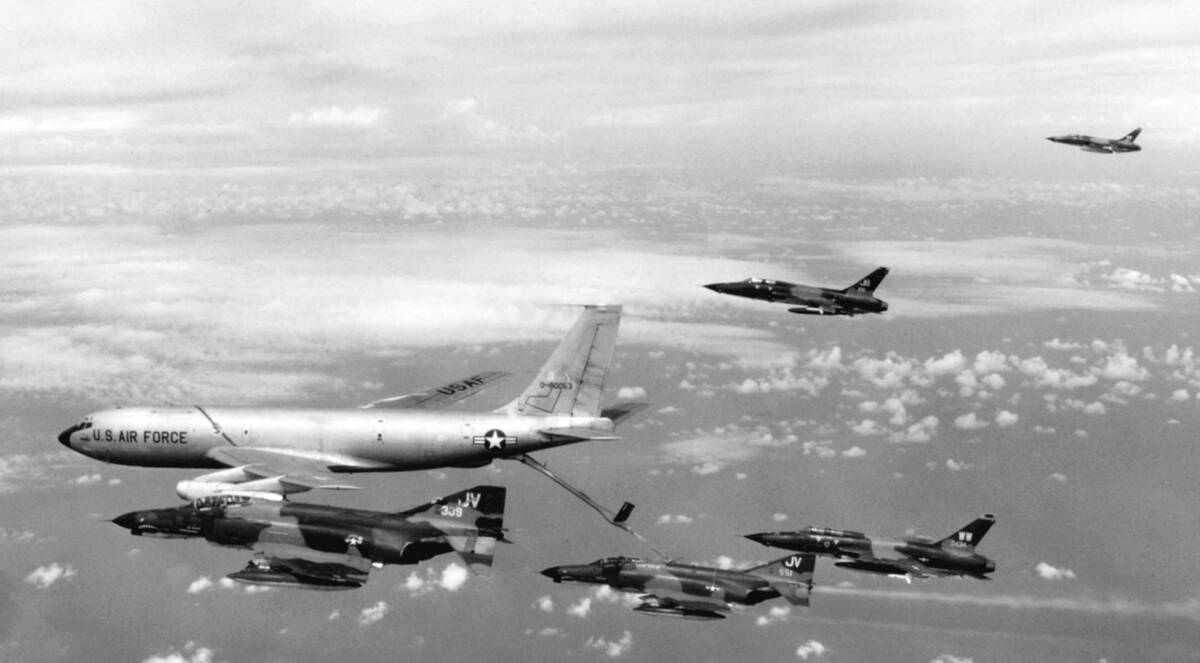
The Easter Offensive, launched in March 1972, was a major NVA campaign aimed at gaining territory and political leverage. It involved three main thrusts across South Vietnam, with the NVA employing conventional warfare tactics, including tanks and heavy artillery. The offensive caught South Vietnamese forces by surprise, leading to significant territorial gains for the North. However, with substantial U.S. air support, South Vietnamese forces were able to stabilize the situation. The Easter Offensive demonstrated the growing capabilities of the NVA and foreshadowed the eventual outcome of the war.
Battle of An Loc: Holding the Line Against All Odds
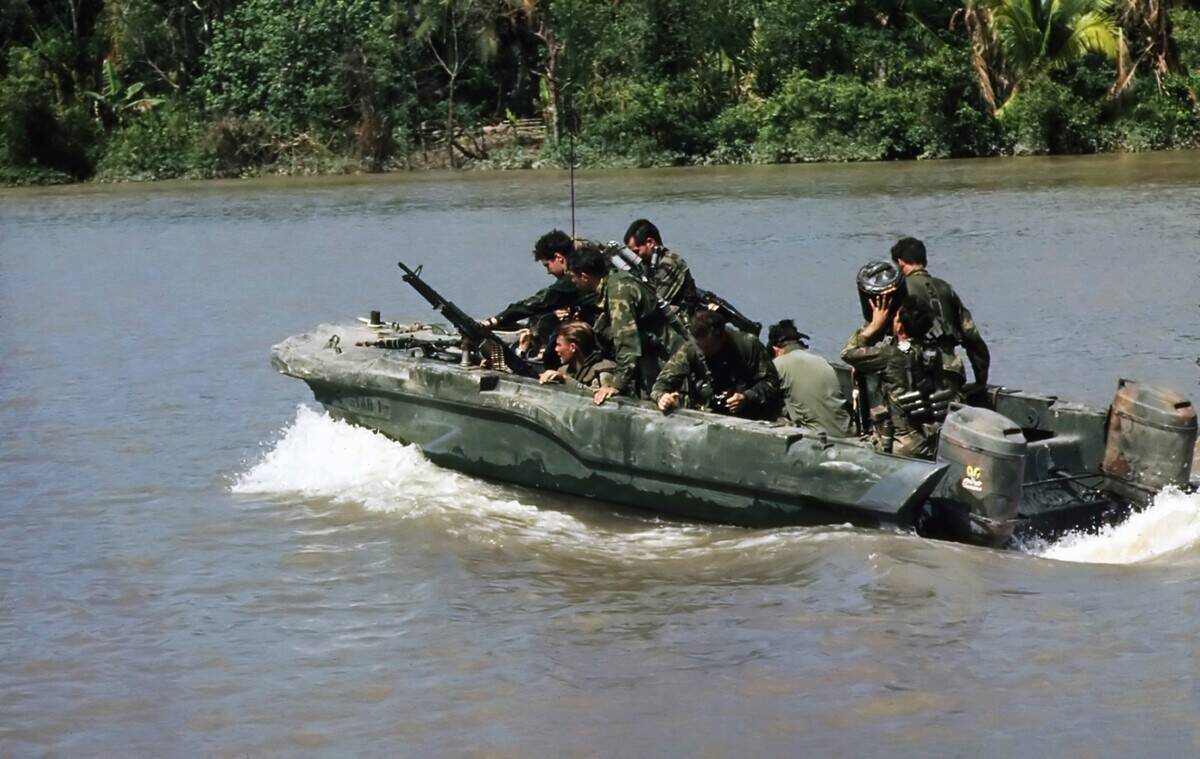
The Battle of An Loc, part of the Easter Offensive, was a protracted siege that lasted from April to July 1972. Located near Saigon, An Loc was a key strategic objective for the NVA. Despite being heavily outnumbered and encircled, South Vietnamese forces, with U.S. air support, managed to hold the town. The defense of An Loc was a testament to the resolve and bravery of South Vietnamese troops, bolstered by the decisive use of American air power. The battle proved pivotal in halting the NVA’s advance towards Saigon.
Battle of Con Thien: The Hill of Angels
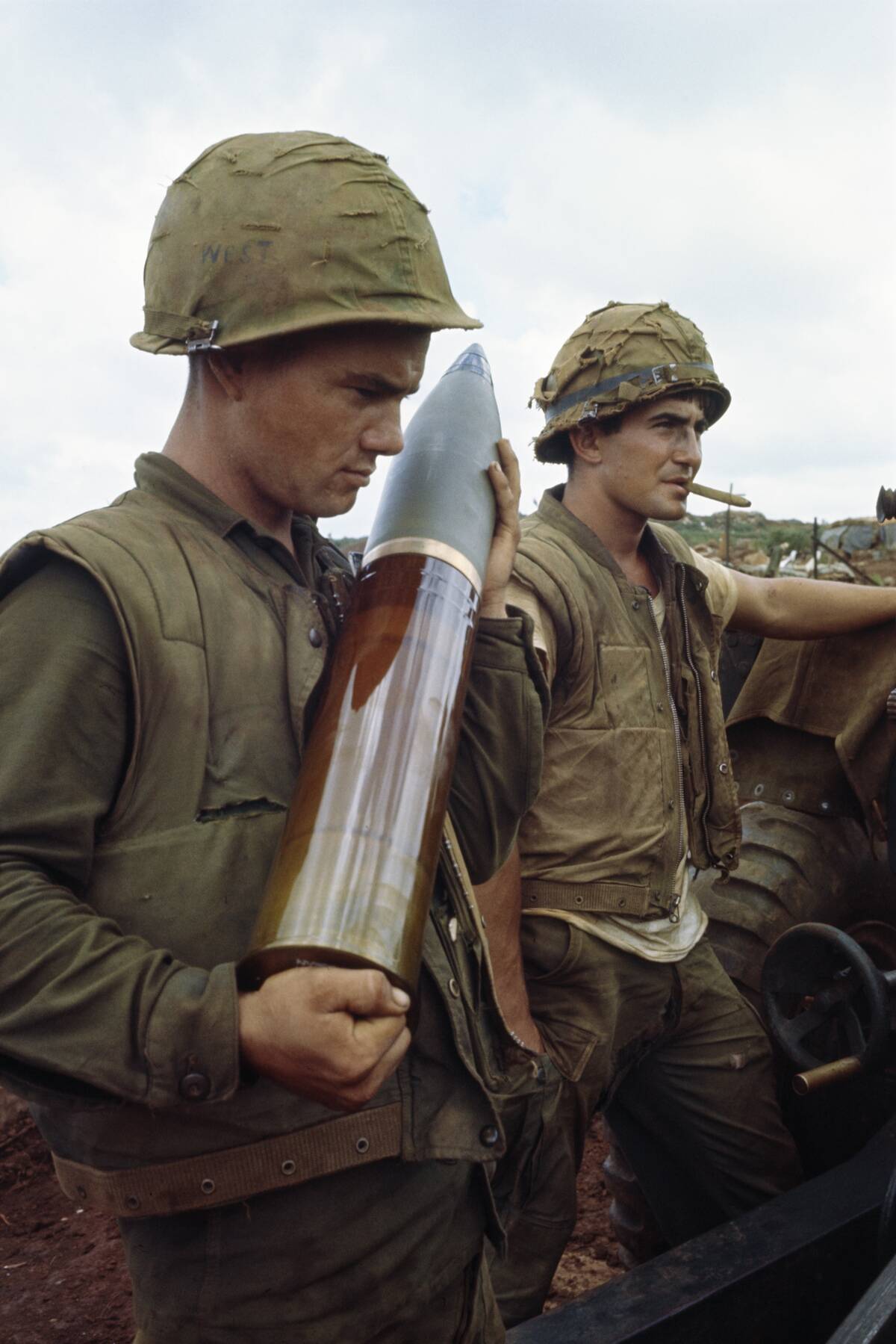
The Battle of Con Thien, fought between 1967 and 1968, was a series of engagements around the Con Thien base, known as the ‘Hill of Angels.’ Located near the Demilitarized Zone (DMZ), Con Thien was a key defensive position for U.S. Marines. The battle was characterized by relentless artillery bombardments and ground attacks by the NVA. Despite the intense pressure, U.S. forces held their ground, supported by airstrikes and artillery. The battle underscored the strategic importance of the DMZ and the tenacity of American forces defending it.
Operation Rolling Thunder: The Air War’s Heavy Toll
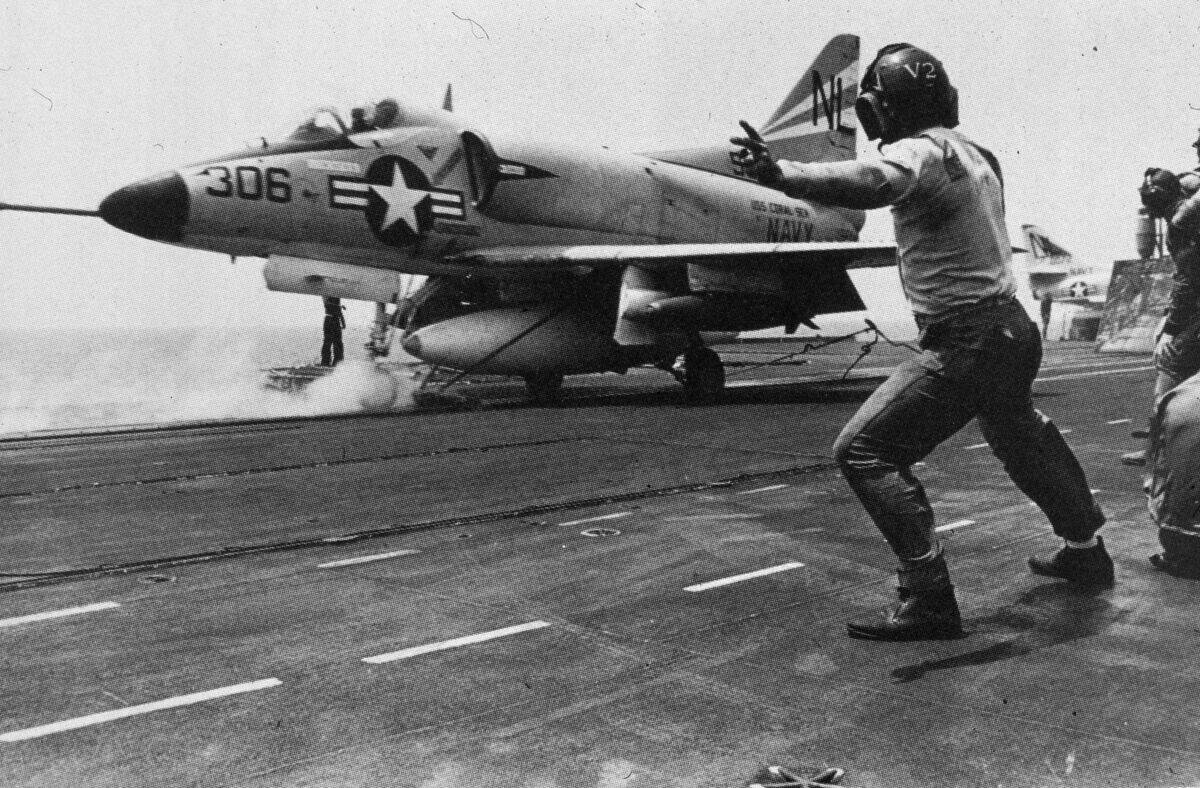
Operation Rolling Thunder, conducted from 1965 to 1968, was a sustained aerial campaign by the United States against North Vietnam. It aimed to weaken the North’s ability to wage war and pressure them into negotiations. Despite dropping over 800,000 tons of bombs, the operation failed to achieve its political objectives and resulted in significant civilian casualties and destruction. The campaign highlighted the limitations of air power in achieving strategic goals and became a controversial aspect of U.S. involvement in Vietnam.
The Siege of Ben Het: Armor and Artillery Clash
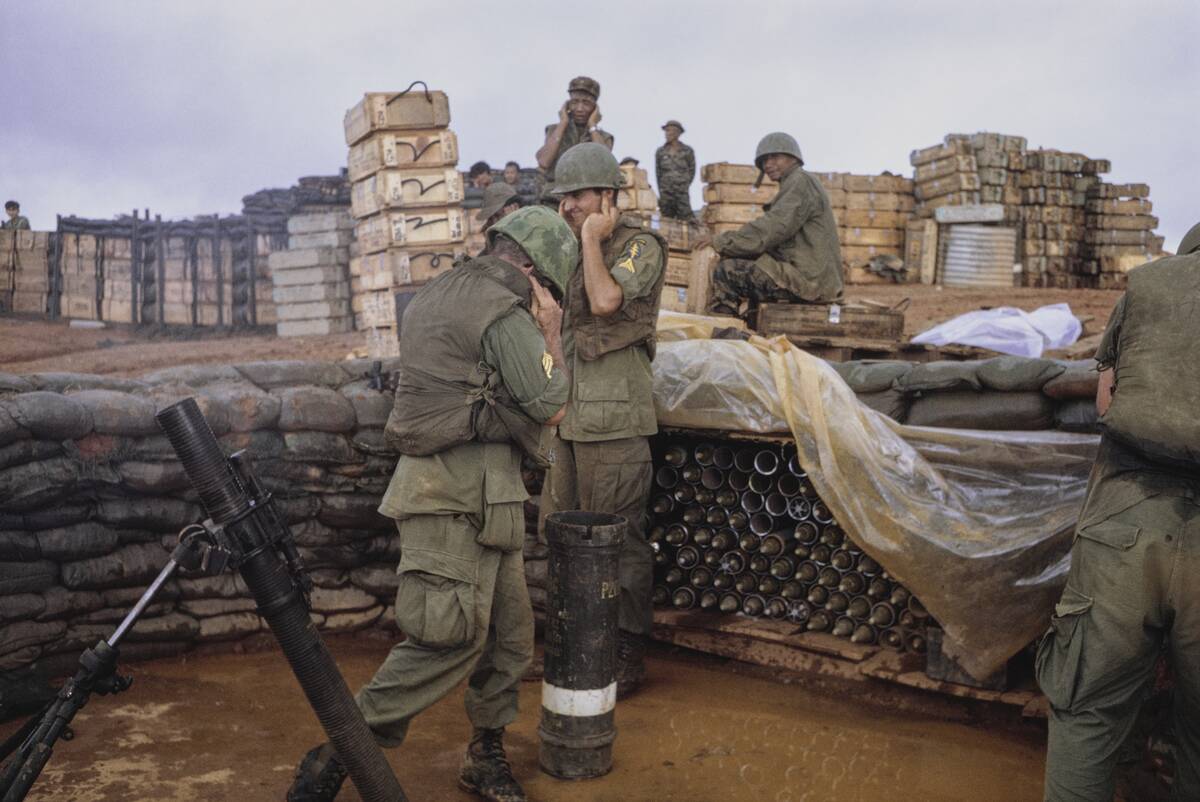
The Siege of Ben Het, occurring in March 1969, was notable for being one of the few armor battles of the Vietnam War. Located near the Cambodian border, Ben Het was defended by U.S. Special Forces and South Vietnamese troops. The siege involved intense artillery duels and tank battles, with the NVA employing Soviet-made tanks. Despite being heavily outgunned, the defenders held their ground, aided by air support and artillery. The battle showcased the diverse tactics employed during the Vietnam War and the resilience of allied forces under siege.
Battle of Ap Bac: A Surprise Victory for Guerrilla Tactics
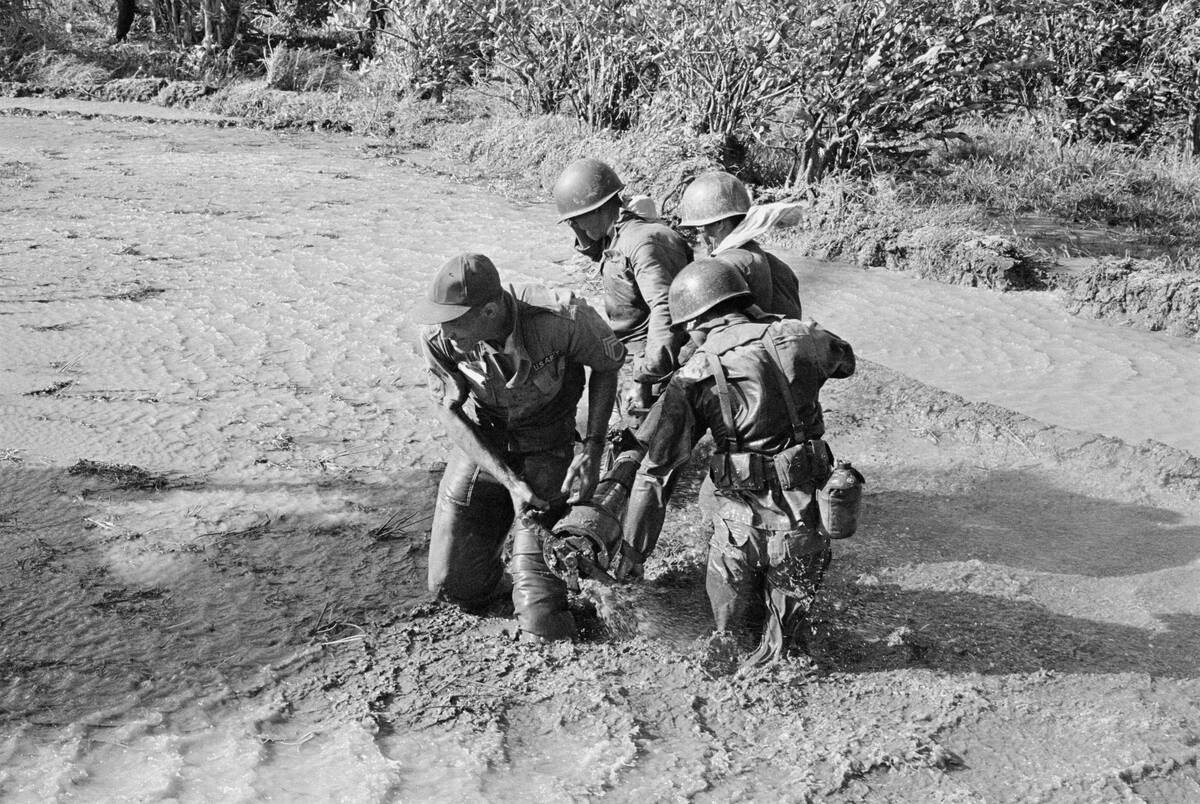
The Battle of Ap Bac, fought in January 1963, was a significant early battle in the Vietnam War that demonstrated the effectiveness of Viet Cong guerrilla tactics. Despite being outnumbered and outgunned, the Viet Cong inflicted heavy casualties on the South Vietnamese forces, supported by U.S. advisors. The battle exposed the weaknesses in South Vietnamese military strategies and highlighted the challenges of counterinsurgency warfare. It served as a wake-up call for the U.S. military, prompting a reevaluation of its tactics and strategies in Vietnam.
Operation Lam Son 719: The Invasion of Laos
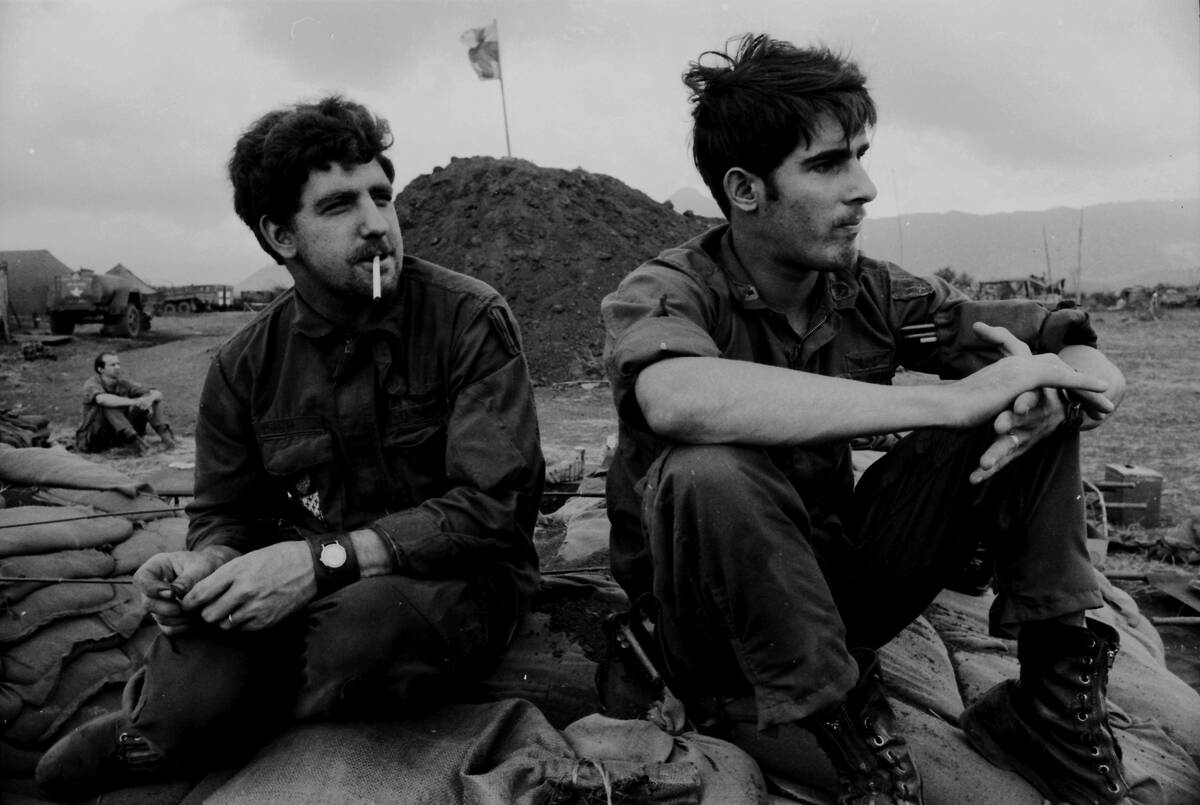
Operation Lam Son 719, launched in February 1971, was a bold attempt by South Vietnamese forces, supported by the U.S., to cut the Ho Chi Minh Trail in Laos. The operation aimed to disrupt NVA supply lines but faced fierce resistance. It highlighted the challenges of conducting operations in unfamiliar and hostile terrain, with South Vietnamese forces suffering heavy casualties. Despite initial successes, the operation ultimately failed to achieve its objectives. Lam Son 719 underscored the complexities of the Vietnam War and the difficulties in interdicting the Ho Chi Minh Trail.
Reflecting on the Legacy of Vietnam’s Bloodiest Battles
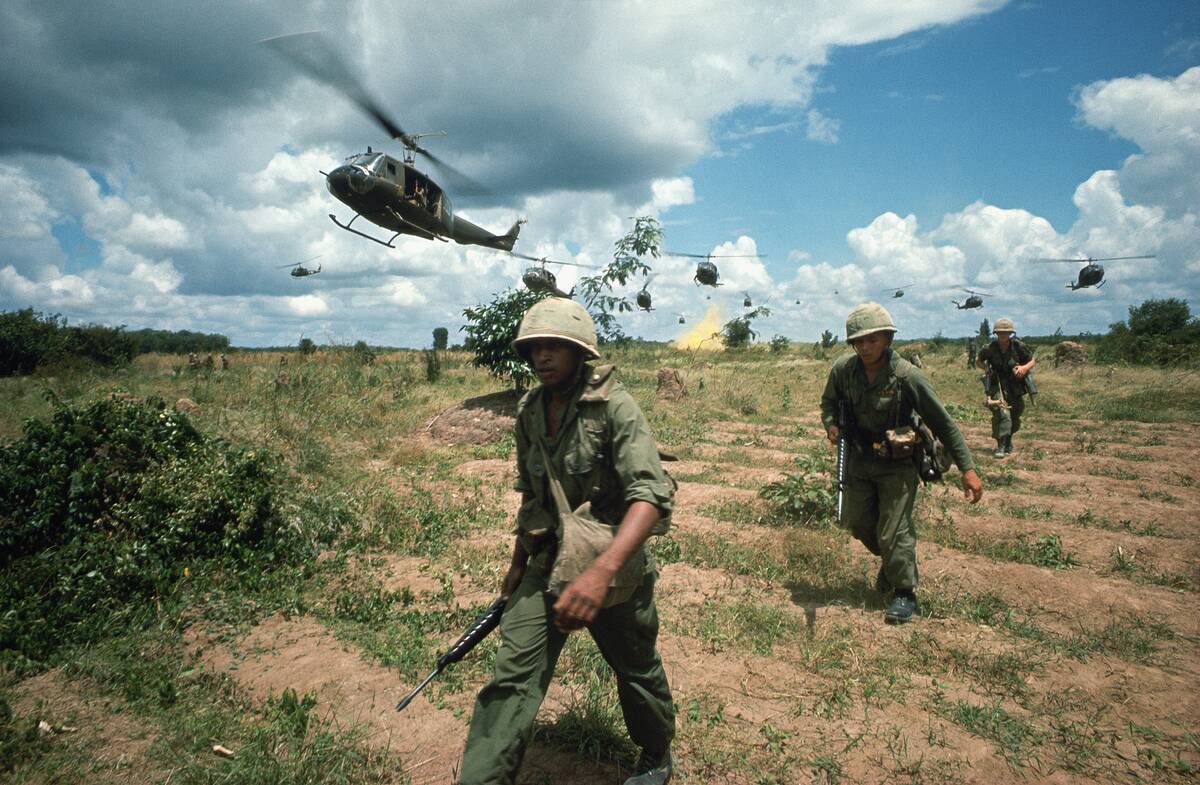
The bloodiest battles of the Vietnam War remain etched in history as powerful reminders of the conflict’s brutality and complexity. Each battle exemplifies the strategic and tactical challenges faced by both sides, revealing lessons in military strategy and human resilience. These engagements continue to be studied for their historical significance and their impact on future military doctrines. Reflecting on these battles helps us understand the human cost of war and the enduring legacy of the Vietnam conflict in shaping global military and political landscapes.



